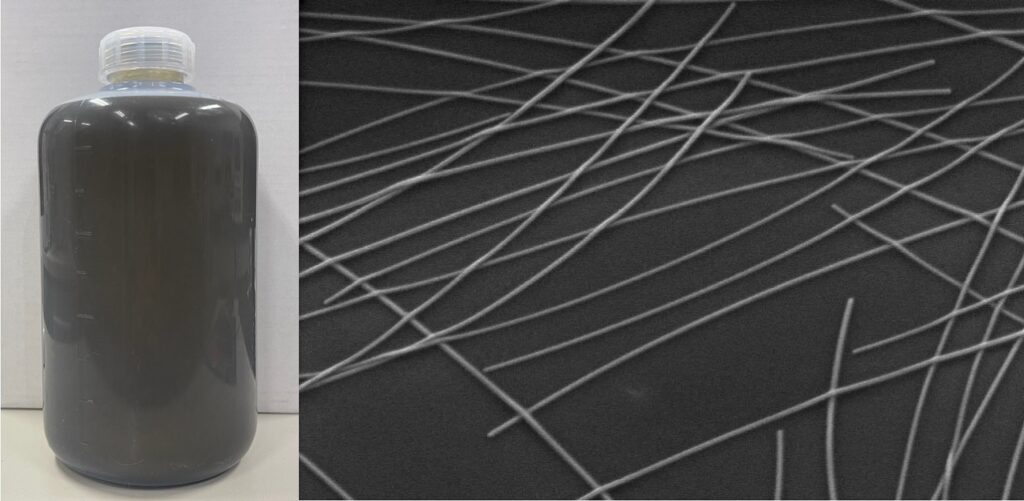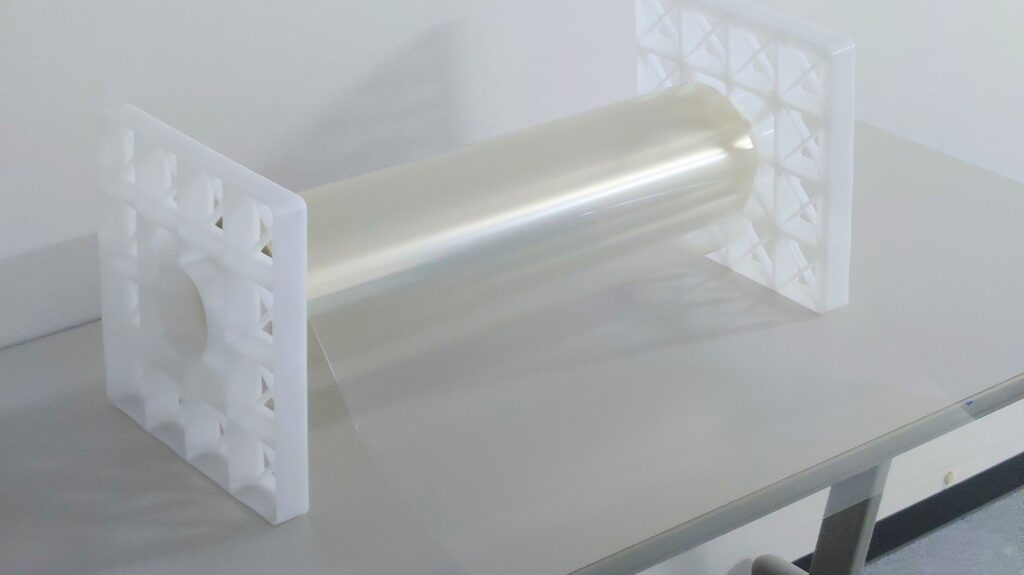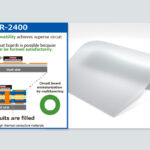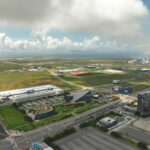ASIA ELECTRONICS INDUSTRYYOUR WINDOW TO SMART MANUFACTURING
Japanese Makers Level High Transparency, Conductivity in New Film
Japanese manufacturers, Dai Nippon Printing Co., Ltd. (DNP) and Microwave Chemical Co., Ltd. (MWCC) have announced the development of a transparent conductive film. The new cutting-edge film highlights attaining a balance between high transparency and conductivity. This was the result of MWCC’s expertise in leveraging microwave irradiation to create silver nanowire with a nanometer level.
DNP will commence offering sample products from December 2023. Going forward, the two partners aim to offer the new film for a variety of sensor applications in combination with DNP optical film.

Features of Transparent Conductive Film
To date, transparent conductive films have generally required film configuration in a vacuum. In this case, a conductive metal oxide, such as indium tin oxide (ITO), is generally applied evenly and at high density to a polyethylene terephthalate (PET) film. It has also been necessary to undergo processes such as high-temperature sintering. Additionally, an ITO film itself is not flexible. Thus, cracking is possible in the conductive parts due to sudden temperature changes. Consequently, it leads to workability and durability issues.
In this latest development, DNP has succeeded in developing a transparent conductive film. In the new product, a thin film of silver nanowire is uniformly configured at low temperatures by combining its proprietary ink formulation with precision wet coating technology. Specifically, low-temperature film formation increases the degree of flexibility when selecting the base material. Moreover, the use of a fibriform material maintains higher durability and flexibility than ITO.

The newly developed transparent conductive film also uses ultrathin silver nanowire with a diameter of 11nm. Accordingly, it achieves both extremely high transmission and low diffuse reflectance1 in visible and near-infrared light. For example, in the sheet resistance range of 30 to 70Ω/sq. resistance per unit area, the newly developed transparent conductive film maintains higher transparency than ITO. Also, by applying electricity to the transparent conductive film, the film itself can efficiently generate heat.
With this development, applying a transparent film heater to Light Detection and Ranging (LiDAR) sensors2 prevents freezing and condensation. Moreover, reducing diffuse reflection improves detection sensitivity. As a result, it will be possible to realize a safe autonomous driving society even in cold weather regions.
Developmental Background
A transparent conductive film is a thin film comprising high light transmission, while providing both excellent visibility and conductivity. The focus is on silver nanowire as a material for transparent conductive film due to its high conductivity and transparency. Performance can be further improved by increasing the aspect ratio of the fibriform silver nanowire. However, this has been difficult to achieve with currently available technology.
To address this issue, MWCC has improved the crystal control technology that directly irradiates the silver with microwaves, and by growing crystals along the vertical axis. The company has also established a production technology for ultra-thin silver nanowire with a high aspect ratio. This process selectively transfers energy to the silver nanowire, making it possible to reduce CO2 emissions more efficiently, and in significantly greater dimensions, compared to existing methodologies.
Going Forward
DNP will commence provision of product samples in December 2023. The company plans to integrate the newly film with functional optical films, such as anti-reflection films and liquid crystal retardation films. As a result, it will enable to provide LiDAR sensors for vehicles and autonomous driving and communication field, in addition to displays.
At the same time, DNP Fellow Norinaga Nakamura will introduce the new product as part of his address on “The Current Status and Future Prospects of DNP’s Functional Films,” at the 14th Highly-functional Material Week to be held at Makuhari Messe, a large convention center in Chiba City, from October 4th to 6th, 2023.
1: Diffuse reflectance: Refers to the reflectance of light excluding specular light. Even transparent objects that do not absorb light can cause light scattering internally, reducing their transparency. Silver nanowire with a high refractive index has faced a major challenge from whiteness of their film. In order to address this issue, we have created ultrathin silver nanowire, making it possible to achieve both high transparency and conductivity.
2: LiDAR sensors: A technology that measures the distance to an object, the shape of the object, etc. by emitting laser light and using information from the reflected light.




